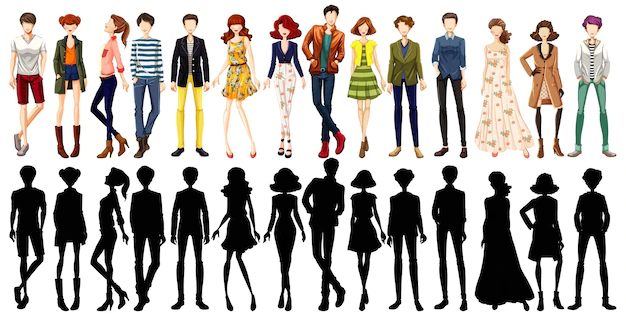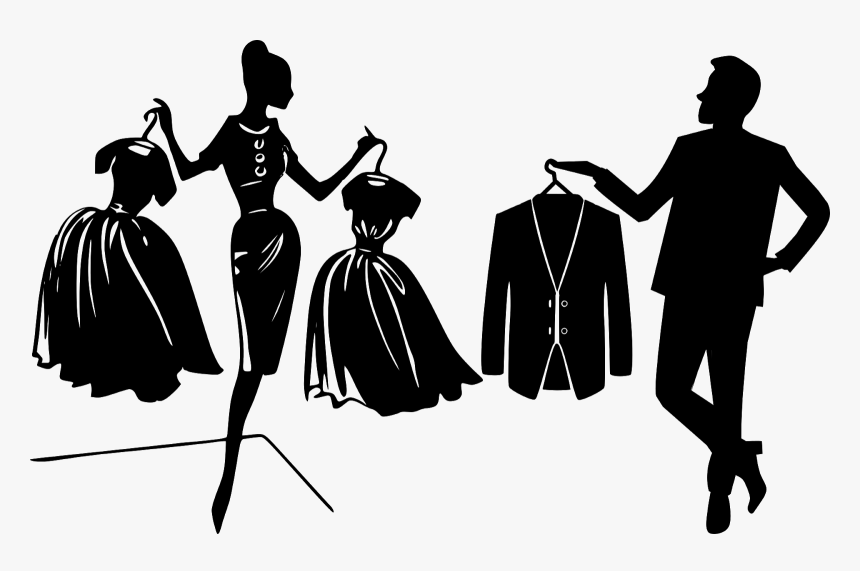Elevating Natural Hair Radiance: A Comprehensive Guide
Natural hair color, a distinctive attribute shaped by individual genetics, goes beyond mere aesthetics. It is a powerful form of self-expression and a reflection of overall well-being. This guide offers a comprehensive strategy for enhancing your hair's inherent beauty, transforming it into a vibrant statement of personal identity. Our approach incorporates principles of nutritional science, cosmetic chemistry, and expert hairdressing techniques, emphasizing that true radiance stems from both internal health and external care. Key concepts we will explore include: Nutrigenomics, the study of how nutrition impacts gene expression related to hair health; Cosmeceutics, the science of formulating products to enhance hair's condition; and Photobiology, which examines the effects of environmental stressors like UV radiation on hair integrity and color.
I. Foundational Principles: Optimizing Hair Health for Vibrancy
Achieving truly radiant hair necessitates a holistic, multi-faceted approach. This aligns with the biopsychosocial model, which recognizes the interplay of biological, psychological, and social factors in overall well-being, including hair health. Internal health, fueled by nutritional science, forms the foundation of vibrant hair, while external care leverages the principles of Yoga and Meditation: A Science-Backed Guide to Mental Wellness, using scientifically-backed products to maintain optimal hair condition.
- Nutritional Optimization for Hair Growth and Vitality: A diet rich in essential vitamins (biotin, vitamins A, C, E), minerals (zinc, iron), and proteins is critical for optimal hair follicle function and growth. Nutrient deficiencies can lead to hair thinning, breakage, and a dull appearance. This aligns with nutrigenomics, illustrating how nutrition influences gene expression related to hair growth. For instance, iron deficiency anemia is a well-known cause of hair loss, and supplementing with iron can often reverse this issue. Consider incorporating foods like spinach, lentils, and lean meats into your diet to ensure adequate iron intake.
- Hydration Management for Hair Suppleness and Shine: Maintaining adequate hydration, both internally through sufficient water intake and externally through humectant-rich conditioners and leave-in treatments, is crucial for preserving hair elasticity and preventing dryness and breakage. This involves cosmeceutics and the formulation of products that enhance hair moisture retention. Hyaluronic acid, a powerful humectant, can draw moisture from the environment into the hair shaft, keeping it hydrated and supple. Using leave-in conditioners containing hyaluronic acid can be particularly beneficial, especially in dry climates.
- Mitigation of Thermal Stressors: Excessive heat styling damages the hair cuticle, leading to dryness, brittleness, and color fading. Minimizing the use of heated styling tools and employing heat protectant sprays minimizes thermal damage. This aligns with the principles of photobiology, acknowledging the effects of heat on hair structure. Heat protectant sprays create a barrier between the hair and the heat source, reducing the amount of damage. When using heat styling tools, always use the lowest effective heat setting and limit the amount of time the heat is applied to each section of hair.
- Gentle Cleansing with Sulfate-Free Products: Sulfates, harsh detergents found in many shampoos, strip the hair of its natural oils, leading to dryness, damage, and color fading. Sulfate-free shampoos preserve the hair's lipid barrier, improving its overall health and color retention. This aligns with cosmetic chemistry principles and the development of milder cleansing agents. The hair's lipid barrier, composed of natural oils and fats, protects the hair from damage and helps retain moisture. Using sulfate-free shampoos helps maintain this barrier, leading to healthier, more vibrant hair.
- Harnessing the Power of Natural Oils for Deep Nourishment: Natural oils like argan, jojoba, and coconut oil penetrate the hair shaft, providing deep conditioning, enhancing shine, and improving manageability. This reflects the long-standing use of botanicals in hair care, incorporating principles of ethnobotany and traditional medicine. These oils contain fatty acids that help to moisturize and nourish the hair, as well as antioxidants that protect against damage. Applying a small amount of oil to the ends of your hair after washing can help to seal in moisture and prevent split ends. For those looking for more insight into personal growth, exploring Individual Growth in Marriage: A Path to Stronger Relationships, provides relatable content.
II. Color Enhancement Techniques: Adding Depth and Dimension
Strategic color enhancement techniques can significantly amplify the beauty of natural hair color, creating a multi-dimensional effect that complements individual features. These techniques build upon color theory and cosmetic application principles. The goal is to subtly enhance the existing base color rather than drastically altering it. Just as in personal finances, it's important to manage your hair's health to achieve "Financial Bliss", much like the strategies discussed in Financial Bliss for Couples: A Practical Guide to Shared Finances and a Stronger Relationship.
- Gloss Treatments for Enhanced Shine and Depth: Gloss treatments temporarily coat the hair, adding shine, improving smoothness, and enhancing the vibrancy of the base color without causing significant chemical alterations. This is aligned with principles of cosmetic formulation and surface chemistry. Gloss treatments work by smoothing down the hair cuticle, which allows light to reflect more evenly, creating a shiny appearance. They can also help to even out the hair's porosity, ensuring that color is absorbed more evenly.
- Strategic Highlighting for Luminosity and Dimension: Subtly placed highlights, using techniques like balayage or foilayage, add brightness and depth, creating a natural sun-kissed effect. This applies color theory principles and the strategic placement of lighter tones to accentuate the hair's natural form. The placement of highlights is key to achieving a natural look. Balayage, in particular, allows for a more blended and natural-looking highlight, as the color is hand-painted onto the hair.
- Lowlighting for Added Complexity and Depth: Introducing darker tones, strategically placed, creates depth, dimension, and visual interest. This technique, also informed by color theory, complements the existing base color, adding visual richness. Lowlights can be used to create the illusion of thicker hair and can also help to blend in gray hairs. They are typically placed underneath the top layers of hair to add depth and dimension without being too obvious.
- Balayage for Effortless, Sun-Kissed Appearance: The balayage technique involves hand-painting highlights, creating a naturally blended, sun-kissed look. This approach minimizes the demarcation lines often seen with traditional highlighting. Balayage is a low-maintenance highlighting technique, as it does not require regular touch-ups. The highlights grow out naturally, without creating a harsh line of demarcation. This makes it a popular choice for those who want to add dimension to their hair without the commitment of regular salon visits.
III. Maintenance and Protective Strategies: Long-Term Hair Health
Maintaining healthy, vibrant hair requires a proactive approach, encompassing protective styling, mindful washing practices, and UV protection. This phase emphasizes the ongoing preservation of hair health and color integrity.
- Strategic Haircutting for Optimal Silhouette: A well-executed haircut complements the hair's natural color and texture, enhancing facial features and overall appearance. Hairdressing principles guide this process, focusing on cut and style to highlight positive attributes. A haircut can make a significant difference in the overall appearance of the hair. A good haircut will remove split ends, add volume, and create a shape that complements the face.
- Embracing the Elegance of Gray Hair: Gray hair, often viewed negatively, can be styled and cared for to become a stylish and sophisticated feature, using specialized products and techniques. This reflects evolving beauty standards and acceptance of natural hair characteristics. Gray hair can be just as beautiful and vibrant as any other color. Using products specifically designed for gray hair can help to keep it shiny and healthy.
- UV Protection to Minimize Photodamage: UV rays cause significant damage to hair, leading to dryness, color fading, and breakage. Protective measures like hats and UV protectant sprays mitigate these harmful effects, reflecting photobiology principles and the harmful effects of sunlight. UV rays can damage the hair's protein structure, leading to dryness, brittleness, and breakage. Using UV protectant sprays or wearing a hat when spending time outdoors can help to protect the hair from damage.
- Mindful Washing Practices for Maintaining Lipid Balance: Over-washing strips the hair of its natural oils, leading to dryness and damage. Less frequent washing, or using dry shampoo between washes, preserves the hair's natural hydration. This aligns with maintaining the hair's natural lipid barrier. The frequency with which you wash your hair depends on your hair type and lifestyle. Those with oily hair may need to wash their hair more frequently than those with dry hair. Using dry shampoo between washes can help to absorb excess oil and keep the hair looking fresh.
- Celebrating Natural Texture: Understanding and utilizing products designed for specific hair textures (straight, wavy, curly, coily) is essential for maximizing the natural beauty of the hair. This approach emphasizes individuality and celebrates unique hair types. Each hair texture has its own unique needs. Using products specifically designed for your hair texture can help to enhance its natural beauty.
- Personalized Hair Care Consultation: Seeking professional guidance from a stylist ensures personalized advice and techniques tailored to individual needs and hair type, optimizing results and long-term hair health. A professional stylist can assess your hair type, condition, and lifestyle to recommend the best products and techniques for you. They can also provide personalized advice on how to care for your hair at home. Remember, nurturing relationships, like hair, takes time and effort, as highlighted in Building Unbreakable Bonds: Proven Strategies for Relationship Resilience.
Conclusions and Recommendations
Enhancing natural hair color requires a holistic strategy that integrates nutritional optimization, external care using cosmeceutical products, and strategic color enhancement techniques. This multi-pronged approach focuses on maintaining optimal hair health by leveraging both internal and external factors. Implementing personalized hair care regimens based on individual genetic profiles and lifestyle factors holds significant promise for future research. Such an approach could involve genetic testing to identify specific nutrient deficiencies or sensitivities that affect hair health, leading to tailored dietary and product recommendations. The impact of this holistic approach extends beyond aesthetics; healthy, vibrant hair contributes to overall self-esteem and well-being, aligning with the principles of positive psychology. This framework is broadly applicable across various demographics and hair types, with modifications for specific needs and conditions. Further research could explore the long-term effects of specific nutrients and cosmeceutical ingredients on hair health, as well as the psychological benefits of embracing natural hair characteristics. Consider ethical implications when creating innovation, by considering the context of Ethical Innovation: A Guide to Navigating Moral Challenges in Business.
Reader Pool: Considering the presented holistic approach, how might integrating personalized genetic testing into future hair care regimens affect consumer behavior and the hair care industry?
Related Articles
- Financial Bliss for Couples: A Practical Guide to Shared Finances and a Stronger Relationship
- Yoga and Meditation: A Science-Backed Guide to Mental Wellness
- Individual Growth in Marriage: A Path to Stronger Relationships
- Building Unbreakable Bonds: Proven Strategies for Relationship Resilience
- Ethical Innovation: A Guide to Navigating Moral Challenges in Business




